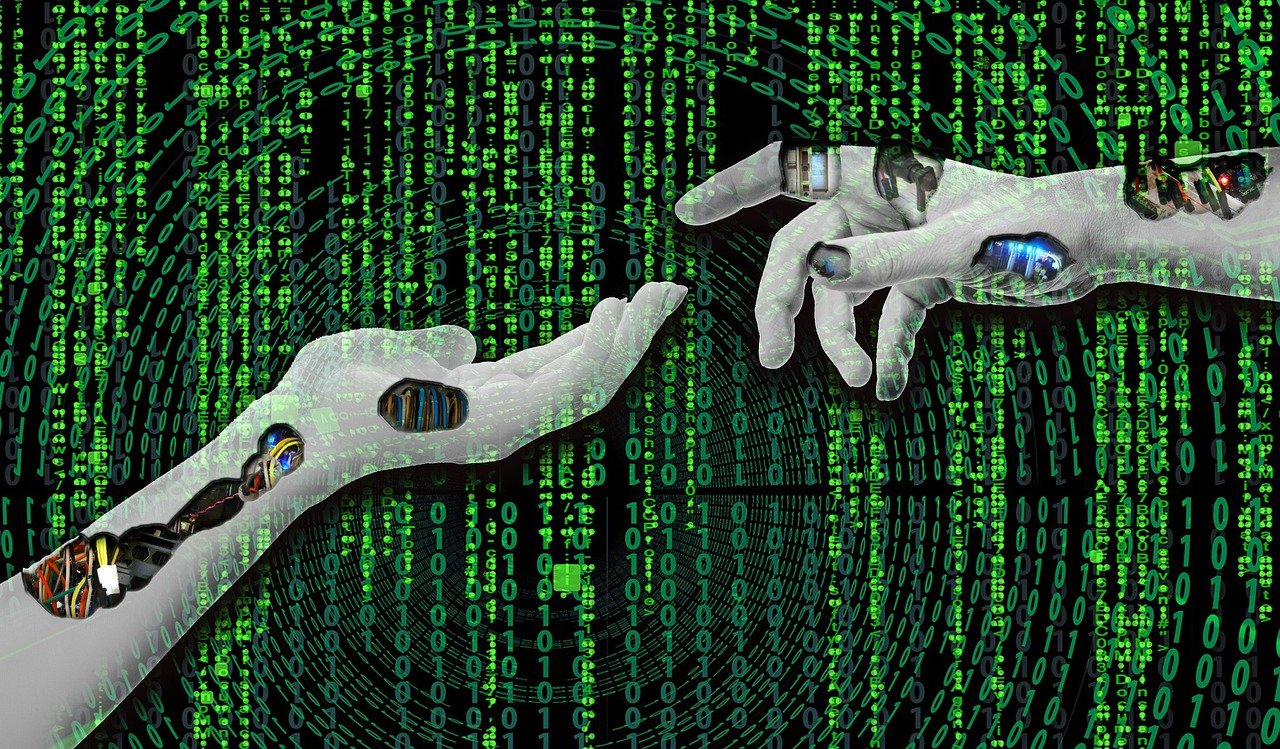This post is also available in:
 עברית (Hebrew)
עברית (Hebrew)
In today’s world, autonomous machines play a major role in our lives, yet it is still difficult to establish trust between humans and machines. Aside from concerns about unexpected disruptions, robots do not yet communicate exactly the way humans do. Researchers have revealed that independent computer systems are able to increase trust in robots, increase collaboration, and streamline task execution.
Humans tend to rely more on robots that provide self-assessment while performing their tasks, according to the study. Communication is essential for establishing trust in a human working environment. Humans and autonomous machines may have a gap of understanding, which can result in a robot performing an action incorrectly, and even misuse or exploitation of the robot’s capabilities.
In a study conducted by researchers from Draper and the University of Colorado Boulder in the USA, researchers examined how autonomous robots using probability models are capable of calculating and expressing self-assessment skills, forming a kind of machine-self-confidence. The models were developed to predict their behavior and provide a perspective on their mission before the event occurs.
Information provided by the robot can assist a human in judging its ability to perform the task. In developing and testing their method, the researchers created a probabilistic model for UAV intelligence, surveillance, and reconnaissance missions. The researchers concluded that humans need to establish an infrastructure similar to the one examined in the study in order to ensure the proper and reliable performance of autonomous systems and to ensure full cooperation between humans and machines. Incorporating a variety of algorithms to generate soft assurances, aimed together at managing trust, will facilitate the successful integration of independent systems into our everyday lives.


























